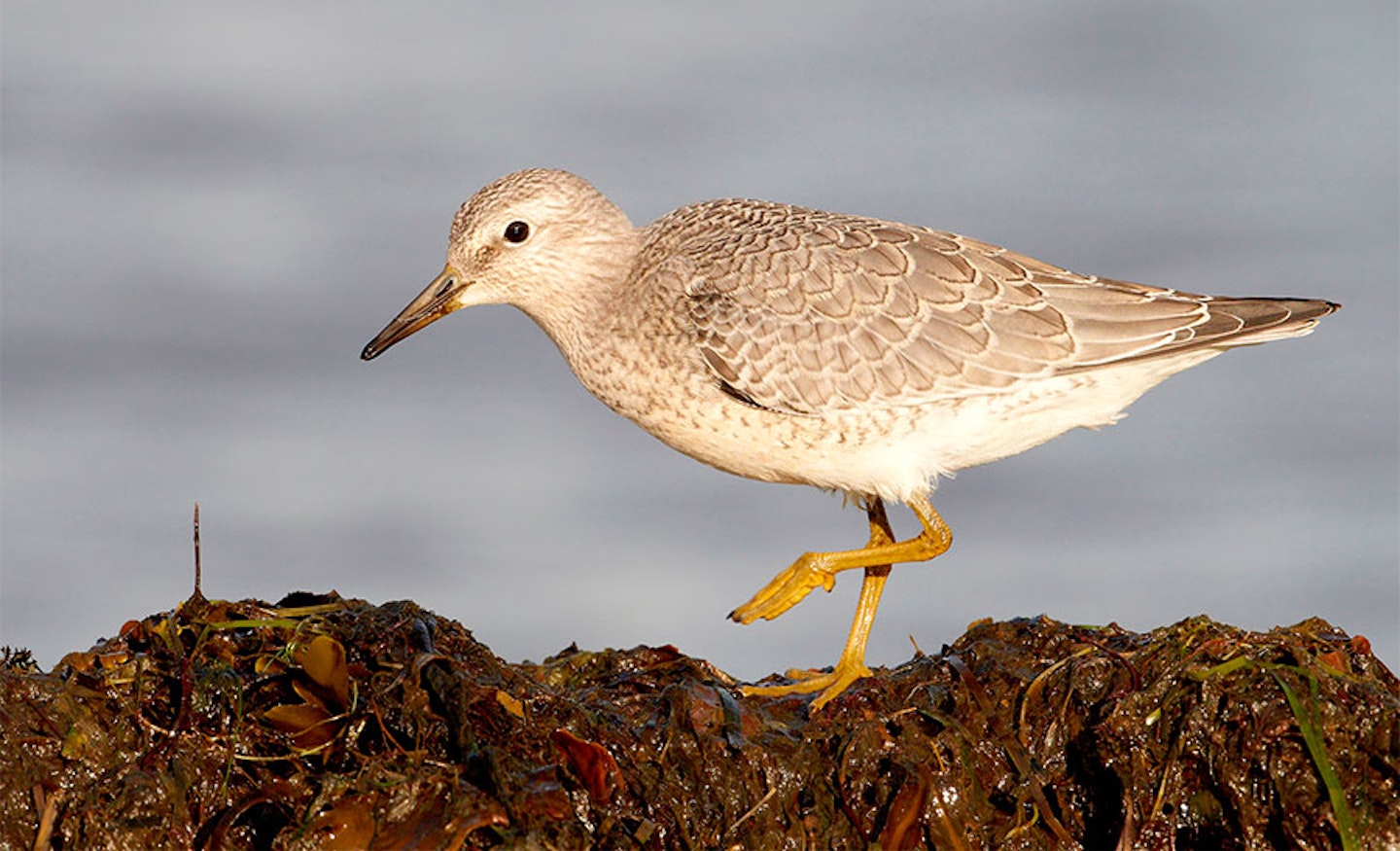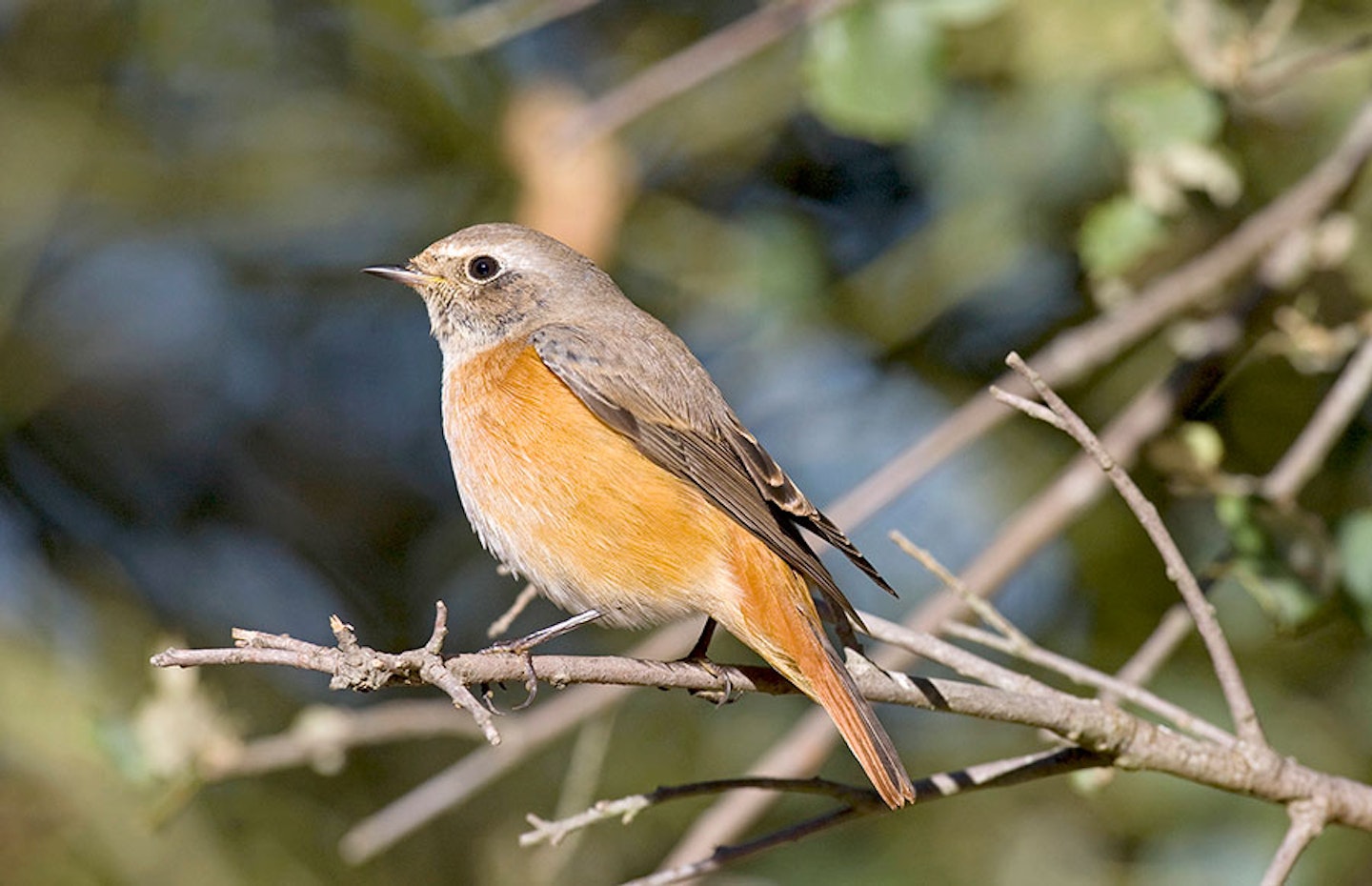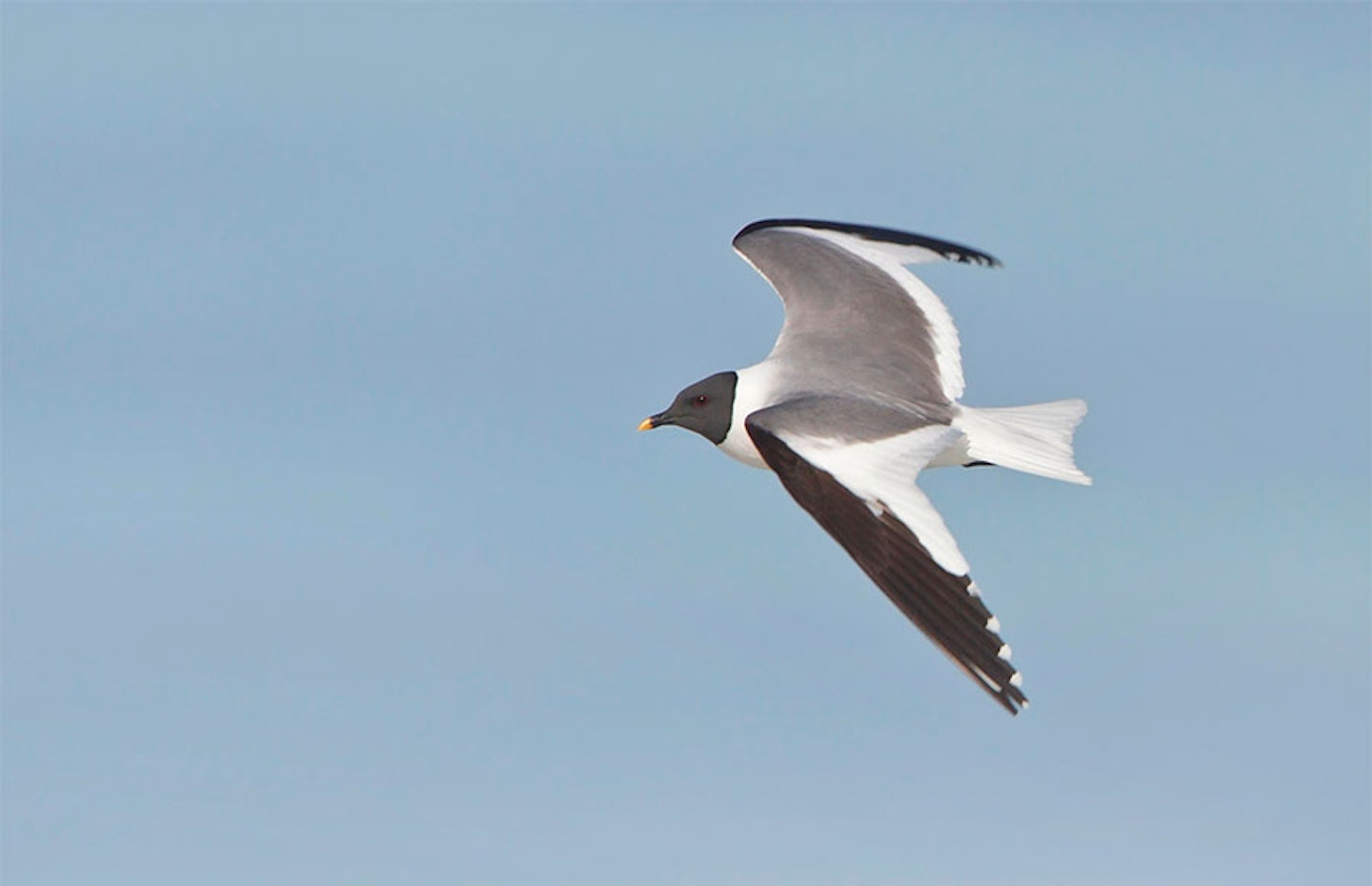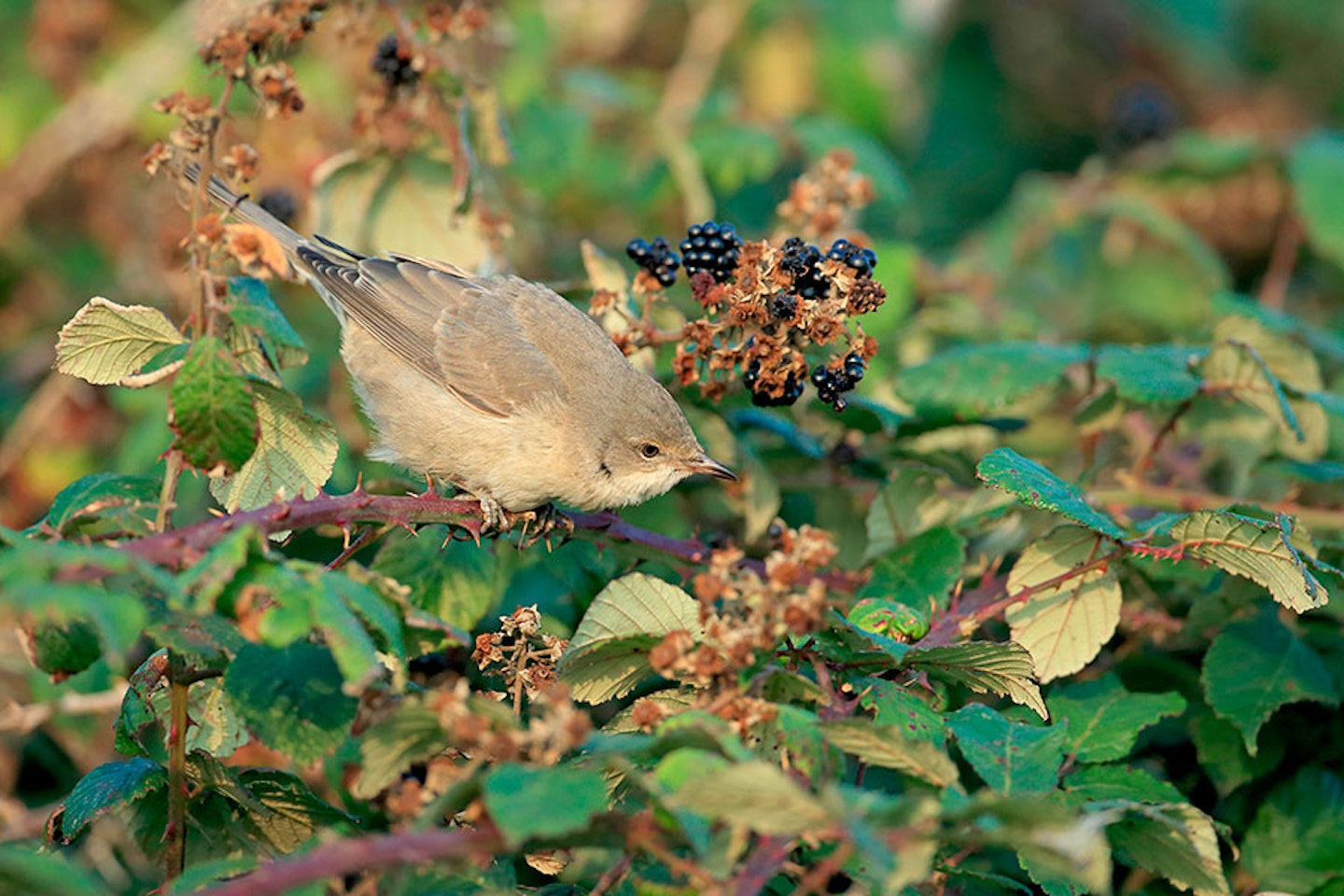September is to autumn what April is to spring. Just as April hasn’t quite the same illustrious reputation as May, so September falls somewhat into October’s shadow. But both April and September are powerful players in the calendar. Indeed, some years, September can produce even rarer birds than the later month. For now, however, here are five birds to try for this month; five birds for which September is a peak period.
JUVENILE CURLEW SANDPIPER
In autumn, juvenile waders (ie those hatched this year) tend to greatly outnumber adults. This is certainly true of the relatively scarce Curlew Sandpiper. Many of us were, in our birding youth, brought up with field guides that didn’t even address juvenile wader plumages. And, as a hangover from this, there is still a lot of confusion about juvenile shorebirds, which are often strikingly different from breeding and non-breeding plumaged adults. Don’t fall for the trap of thinking that juveniles will be speckled, fluffy birds, like young garden birds! Juvenile waders are usually handsome, very neatly patterned birds, with much fresher plumage than their adult equivalents. Juvenile Curlew Sandpipers have neatly scaled upperparts and wings and a peachy wash to the breast (leading to confusion with juvenile Ruff); the flanks are ‘clean’ white (not streaked or spotted), the rump is white, and the supercilium prominent. Also, they are longer legged, longer necked and longer billed than somewhat similar juvenile Dunlins.
JUVENILE KNOT

One of the ‘forgotten juvenile waders’ is the Knot. Most birdwatchers know Knots as dull grey ‘winter’ birds in far-from dull super flocks, or (less familiarly) as gorgeous brick-red visions of breeding splendour. But the juvenile plumage is also pleasing and distinctive. The supercilium (‘eyebrow’) and breast have a peachy wash and the upperparts (back and wings) are finely ‘scaled’ with fine black-and-white fringing to the feathers. All Knots are mid-sized, dumpy and short-billed, with juveniles and non-breeders in particular having pale greenish legs.
REDSTART

Redstarts are summer visitors to the UK, and at this time of year, they are heading south to the wintering grounds. So, they turn up at coastal migration spots, as well as in smaller numbers at suitable inland areas, where they can find the magic combination of hedges, or lines of trees (or, indeed, fence lines with nearby cover) and short grass on which to pounce on insects. In the autumn, they are both in their freshest plumage and at their least striking. Like many songbirds, the freshly moulted plumage comes with buff tips to the feathers, which wear off before the spring to reveal the glories of the brighter feathers beneath. So, for instance, don’t expect autumn males to have black throats, but rather to have a ‘pale covering’ over that throat, so looking more like females. All ages have warmer underparts than Black Redstarts and all have the quivering orange tail that gives the bird its name
SABINE’S GULL

September is the month of high winds, gales from the Atlantic, often associated with the end of the hurricane season on the other side of the ocean. One spin-off from these high winds is the displacement of birds from the open sea to the inshore area or even the land. One such bird of the pelagic area is the Sabine’s Gull, one of the most sea-faring of ‘sea gulls’. They are lovely little gulls, half way in size between a Kittiwake and a Little Gull, with distinctively patterned wings (divided into ‘triangles’ of colour), and with a shallowly forked tail. Adults in breeding plumage have grey heads and distinctive yellow tipped dark bills. Juveniles have brown backs and forewings and black tips to the tail.
BARRED WARBLER

One of the most skulking members of a genus (Sylvia) which has some pretty shy members (think Lesser Whitethroat or Dartford Warbler), the Barred Warbler is often a very tough bird to see. They are also pretty scarce (borderline rare) passage migrants, which makes it even harder to see them! And don’t expect to see a well marked, beautifully barred adult, as just about all passage Barred Warblers which turn up in the UK are ‘this year’s birds’ (juveniles/first-winters). These look like big, robust, chunky, thick-billed Garden Warblers, with crescents of brown on the undertail coverts, a scaly rump and a couple of buffy wing bars.
.jpg?ar=16%3A9&fit=crop&crop=top&auto=format&w=1440&q=80)